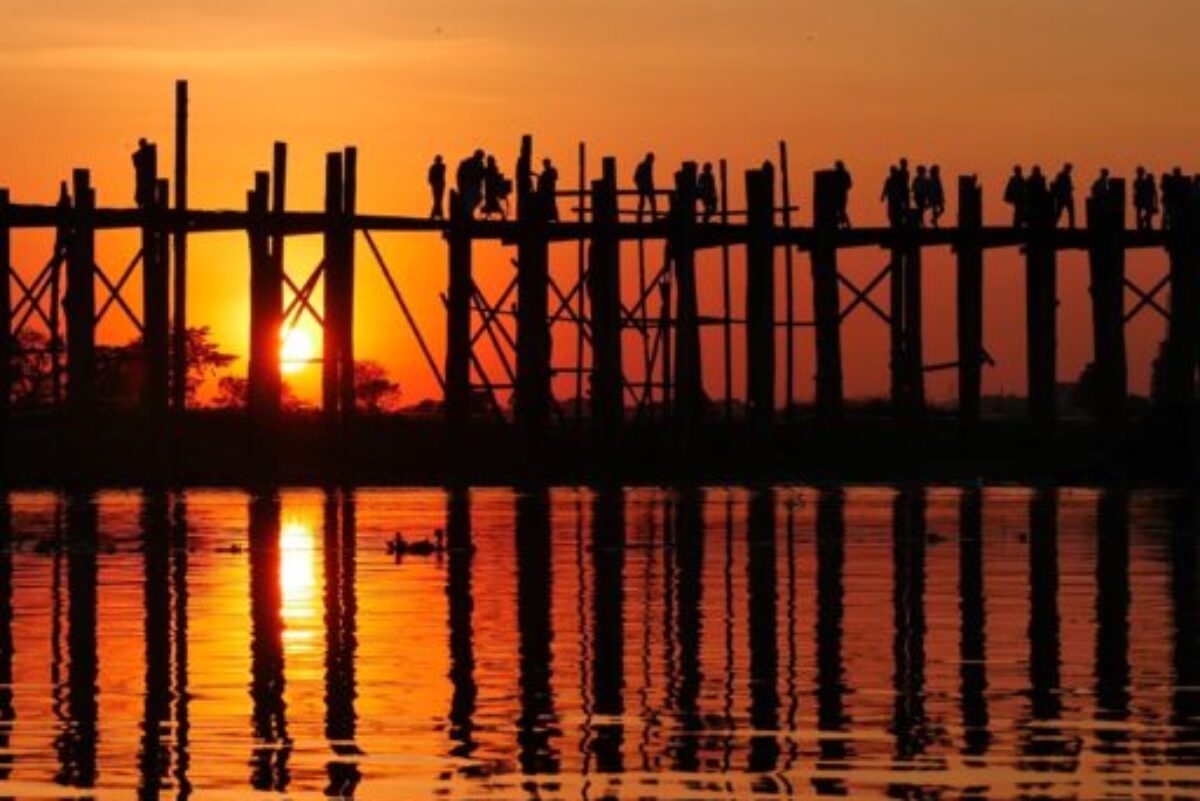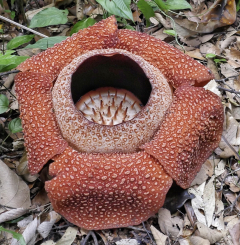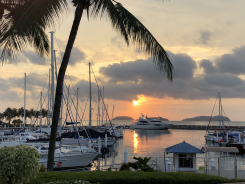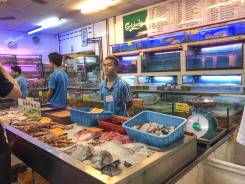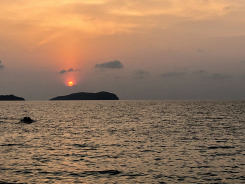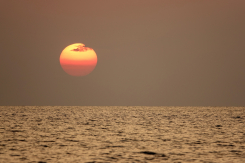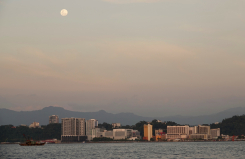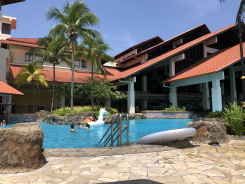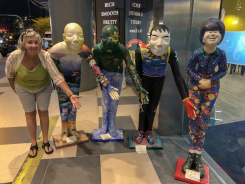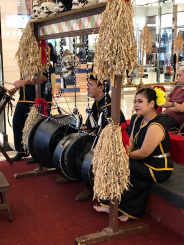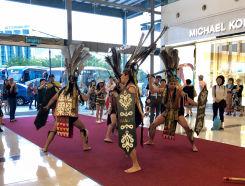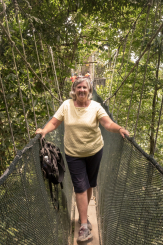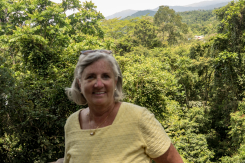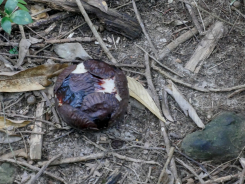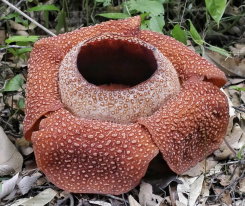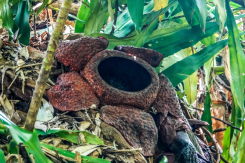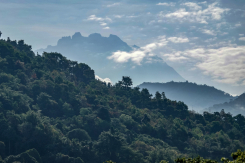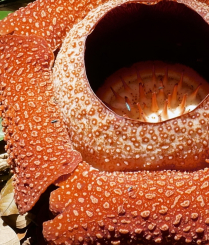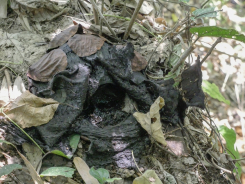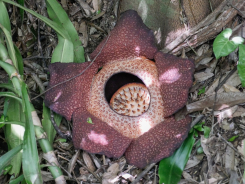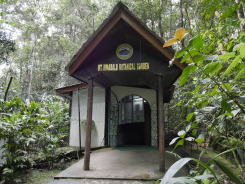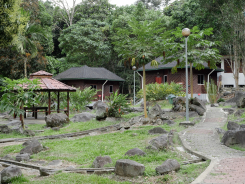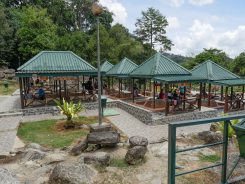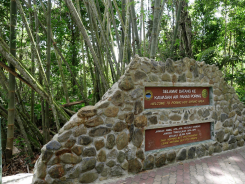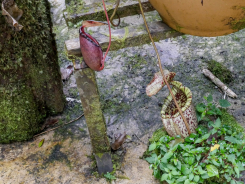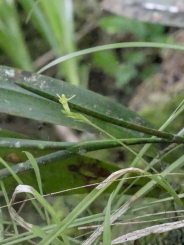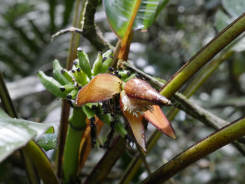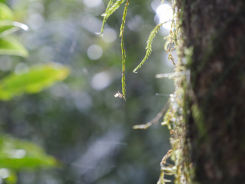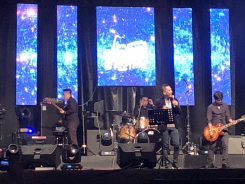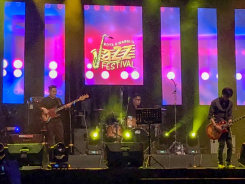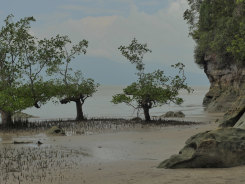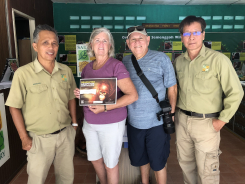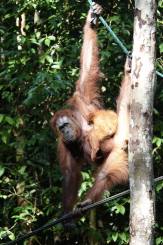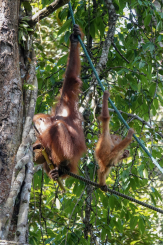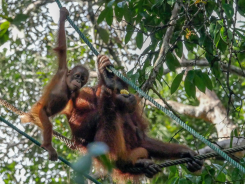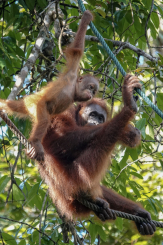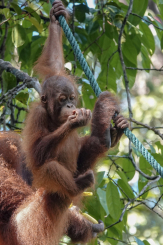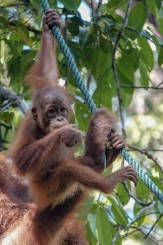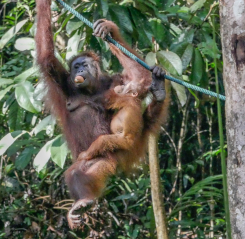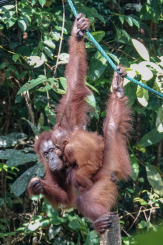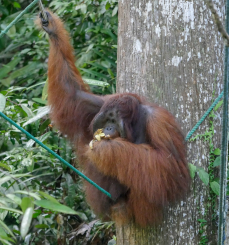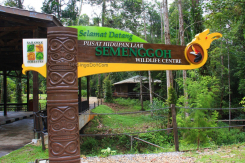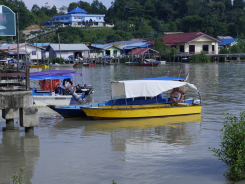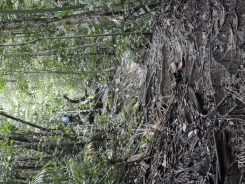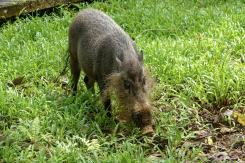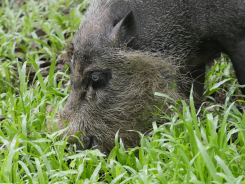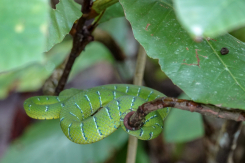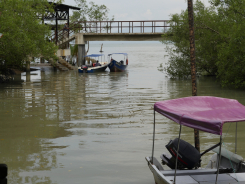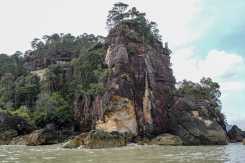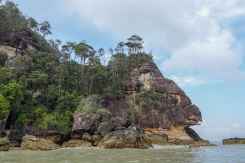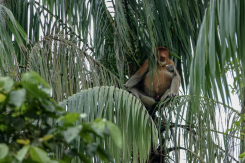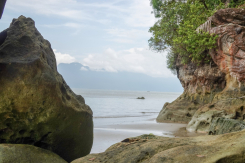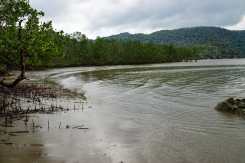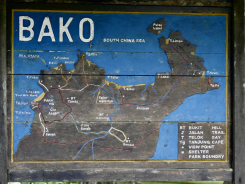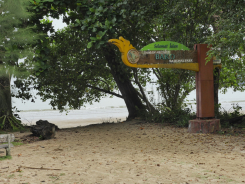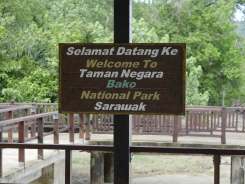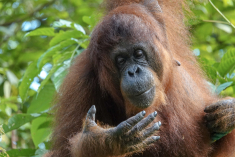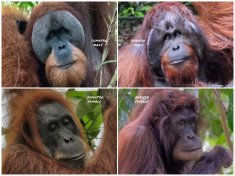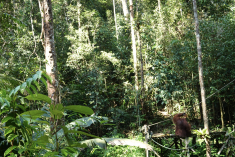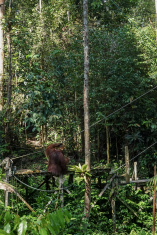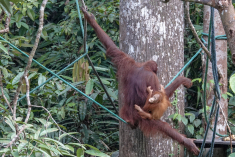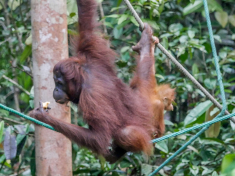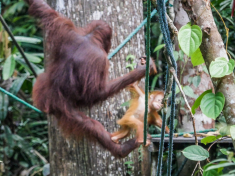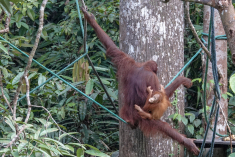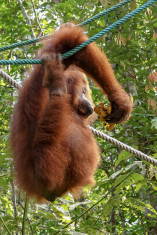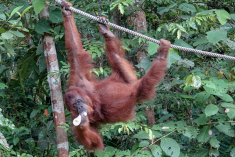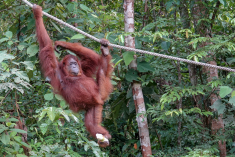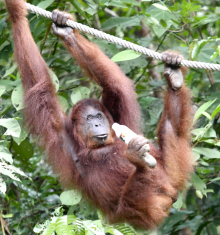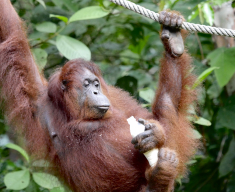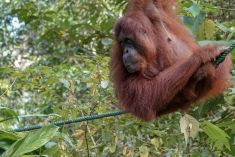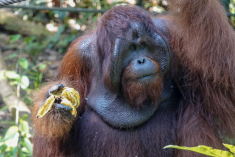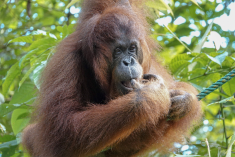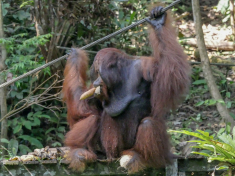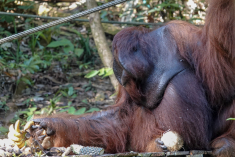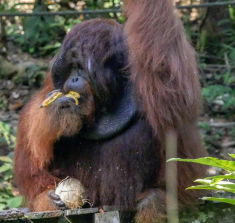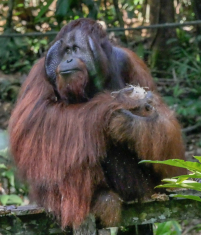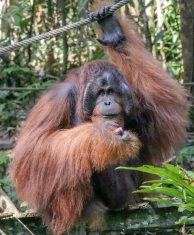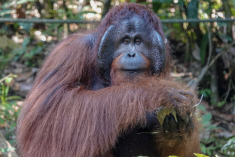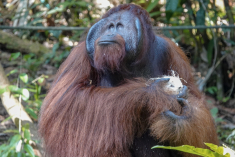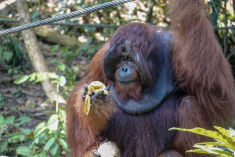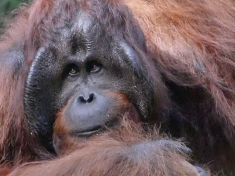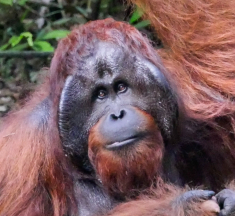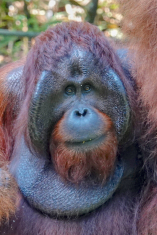What were we thinking when we were planning the nearly 4 week trip to Malaysia’s Borneo? Borneo is the third largest island in the world. The island is politically divided among three countries: Malaysia and Brunei in the north, and Indonesia to the south. Approximately 73% of the island is Indonesian territory. In the north, the East Malaysian states of Sabah and Sarawak make up about 26% of the island.
We spent a one week in the state of Sabah, town of Sandakan and nearby rainforest and islands, and a week in the state of Sarawak, town of Kuching. Our flight connections were through the town of Kota Kinabalu (KK). We stayed in KK twice, each time for nearly a week, once in downtown KK and one stay at a beach resort. The first weekend at KK, we purchased VIP tickets for the Kota Kinabalu Jazz Festival (KKJF), an annual fund raising jazz extravaganza jointly organized by the Rotary Club of Kota Kinabalu (RCKK) and the Society of Performing Arts Kota Kinabalu Sabah. We enjoyed the amazing concert and wine. We will always remember KK and it’s refreshing, chilled wine!
In KK we ate at Welcome Seafood, you choose from fresh seafood from tanks, cooked to you specifications and delivered to your table with steamed rice and fresh vegetables. We visited a KK shopping mall where we viewed a tribal dance. During the stay at the beach resort enjoyed happy hour each evening with a few beers and great music and took a sunset cruise to view amazing sunset. We enjoyed beach time and snorkeling at close by islands.
The animal life is amazing, but don’t discount the plants on Borneo. The world’s largest flower, Rafflesia Arnoldo, is found exclusively on Sumatra and Borneo. It takes 6-8 YEARS for the transition from seed to a cabbage size bud. When it blooms, it has 5 days of perfect before it begins rotting. Weighing in at 11 kg, its known as the “corpse” flower after the distinctive aroma of rotting meat it emits to attract pollinating insects. The flower has no stems, leaves or roots. It is a parasite living on the host vine. The lifecycle of the flowers are identified by their “day”. We saw 3 flowers: in their day 5, 6, and 7. Perfect, starting to rot and in full decline.
At sunrise, we depart Kota Kinabalu for Kinabalu National Park and Poring Hot Springs, a 130 kilometer journey by car to explore the highland rainforests that nestled beneath Mt Kinabalu which tops out at 4,095 meters. By lunch time Karen was traipsing across a canopy walkway with colorful butterflies fluttering around her, some 30 meters above the forest floor. David opted to pass — he is afraid of heights. Karen paused to catch her breath – a very deep one at that, as she soaked in the magnificence of Kinabalu National Park, Malaysia’s first UNESCO World Heritage Site.
Another stop was at the Mount Kinabalu botanical garden. We saw the pitcher plant, it grows on the ground and is a carnivorous reptile living only in North Borneo. They trap insects in their pot to provide needed nitrogen back to the plant. The botanical garden is home to 1,200 types of orchids. Not that we are orchid-maniacs but it was fascinating how many are endemic to this locale. The Sexy Lady Orchid or Dancing Lady Orchid is obviously named, and we saw the smallest orchid in Borneo and perhaps the world. It is called the pinhead orchid and is 2mm across.
This trip was both easier than we thought logistically, and more interesting than we anticipated. From a logistical viewpoint, everyone spoke English (a former British Colony). Uber, soon to be Grab was plentiful, 8gb, 30day sim card of Internet was $10. Shuttle buses, and side tours were easy to get and a very good value for dollar. The food was great, the people were so gracious and friendly, it did not feel over touristic like Thailand does these days. The water is warm and turquoise, with great snorkeling and diving. Plus there were so many experiences you can only have in Borneo. This has moved in the top 2-3 places we have ever been.
